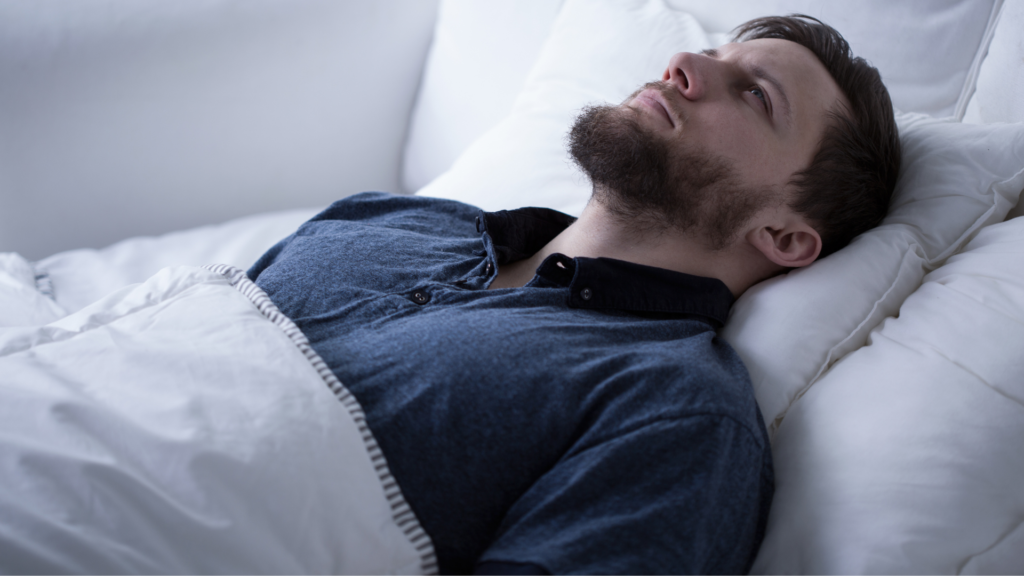Welcome to our comprehensive guide on anxiety! Whether you’re someone who has experienced it firsthand or are simply looking to understand more about this common mental health condition, you’ve come to the right place. Anxiety is a complex and multifaceted topic, with many different types and symptoms that can present themselves in a variety of ways. In this post, we’ll break down everything you need to know about anxiety – from its various forms to how it affects individuals’ daily lives – so that you can better understand and support those around you dealing with this challenging condition. So sit back, relax, and let’s dive into the world of anxiety together.
Anxiety in a Nutshell
Anxiety is a feeling of worry, nervousness, or unease. It can be mild or severe, and it can last for a short time or a long time. Anxiety is a normal part of life, and it can help you deal with stress. But if you have too much anxiety, it can be hard to do everyday activities.
Types of Anxiety Disorders
Anxiety disorders come in many different forms, each with its own set of symptoms. Here are some of the most common types of anxiety disorders:
- Generalized Anxiety Disorder (GAD): People with GAD experience chronic and excessive worry and tension, even when there is little or nothing to provoke it. They may feel like they can’t control their worry, and it interferes with their daily lives. Physical symptoms include fatigue, muscle tension, headache, and difficulty sleeping.
- Panic Disorder: Panic disorder is characterized by recurrent panic attacks, which are sudden episodes of intense fear that come on without warning. These attacks can cause physical symptoms such as a racing heart, chest pain, shortness of breath, dizziness, and nausea. People with panic disorder may also have a fear of dying or going crazy.
- Agoraphobia: Agoraphobia is a type of anxiety disorder that involves a fear of situations where escape might be difficult or embarrassing, or help might not be available if needed. This can include being afraid to leave home alone, being afraid to travel in buses or trains, or being afraid to stand in line or be in crowded places. People with agoraphobia often avoid these situations altogether or need considerable support to face them.
- Social Anxiety Disorder (SAD): Social anxiety disorder is marked by extreme self-consciousness and fear of embarrassment in social situations. Even everyday activities like eating dinner with others or talking on the phone can be extremely anxiety-provoking for people with SAD.
- Specific Phobias: Specific phobias are intense, irrational fears of specific objects or situations. These can include fear of heights, fear of flying, fear of animals, and fear of certain medical procedures. People with specific phobias usually go to great lengths to avoid whatever they are afraid of.
Causes of Anxiety
There are many different types of anxiety disorders, each with its own specific set of symptoms. However, there are some common causes of anxiety that can contribute to the development of any type of anxiety disorder.
One of the most common causes of anxiety is stress. Stress can be caused by a variety of factors, including work, school, relationships, and finances. When someone is under a lot of stress, it can trigger the fight-or-flight response, which can lead to feelings of anxiety. Another common cause of anxiety is genetics. Anxiety disorders tend to run in families, so if you have a family member who suffers from an anxiety disorder, you may be more likely to develop one as well.
Certain medical conditions can also cause or contribute to anxiety. For example, thyroid problems or an irregular heartbeat can sometimes cause people to feel anxious. In addition, some medications (such as those used to treat high blood pressure) can also cause anxiety as a side effect.
Finally, some people may develop an anxiety disorder after experiencing a traumatic event (such as a car accident or natural disaster). This is known as post-traumatic stress disorder (PTSD) and can be very debilitating.
Live Your Life Without Fear or Worry
Understanding anxiety can help us to better recognize it in ourselves and others, as well as provide insight into how best to manage it. By acknowledging the different types of anxiety, we can address our symptoms more effectively. This comprehensive guide has provided an overview of some common types of anxiety and their symptoms so that everyone can have a deeper understanding of this complex condition. With the right support and guidance, anyone with anxiety can find ways to cope and live their lives without fear or worry.









